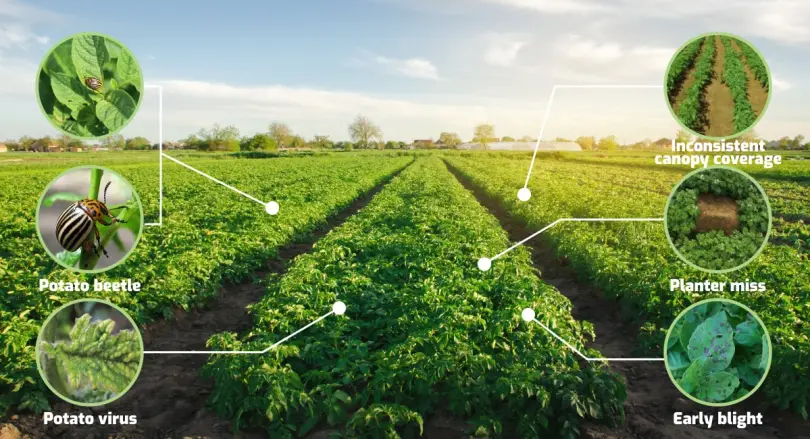On the fourth day of the EIMA International exhibition of agricultural machinery, the Italian Confederation of Farmers (CIA) showcased the significant benefits of new satellite monitoring technologies, while also addressing the challenges that remain in fully harnessing these innovations.
Domenico D’Amato, head of the CAA at the CIA, highlighted the progress made in satellite monitoring during a meeting focused on its role in supporting the Common Agricultural Policy (CAP). “Our short-term goal is to make monthly, reconstructed images of a farmer’s operations available in their company file,” D’Amato said. “While we’re not quite there yet, the improvements are clear. We’ve moved from relying on aerial photo surveys to utilizing two Sentinel satellites, which photograph every part of Italy’s land surface every five days.”
The integration of these two satellite systems with artificial intelligence has significantly improved both the accuracy and timeliness of the data collected. This advancement has led to the creation of the Soil Map within Agea, which is essential for CAP compliance and overall farm management. D’Amato emphasized that this tool is now a key component in managing agricultural enterprises, making it easier to monitor and optimize land use.
Sentinel satellite images are provided in their raw form, in RGB bands with a resolution of 10 meters. However, the AMS control system reprocesses these images, enhancing their resolution to an impressive 2.5 meters. This refined data results in a highly accurate soil map, which Agea has identified as a vital instrument for land management and planning. The introduction of the soil map has reshaped how aid and support applications are submitted in the agricultural sector, with a focus on minimizing financial adjustments from the European Union that could negatively affect the national budget. To support this, Agea has worked with farmers’ organizations to create a shared procedure for building company files.
Despite some initial challenges—particularly with a high number of requests for review in the first months—D’Amato remains optimistic. “While there are still some delays, satellite monitoring and soil maps have already shown their ability to improve planning accuracy, provide systematic control over agricultural operations, and steadily increase the value of the company file.”
One notable discovery, according to D’Amato, was the identification of 300,000 hectares of arable land in Italy that are underperforming—land that doesn’t submit any CAP applications. “This is a significant area that warrants further investigation,” he concluded.


